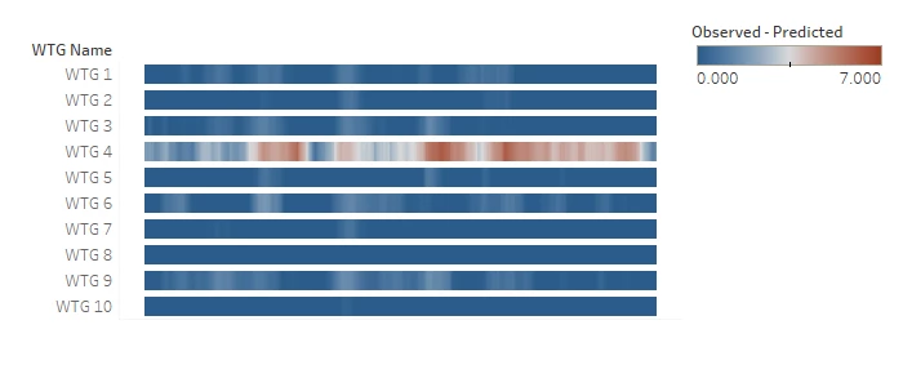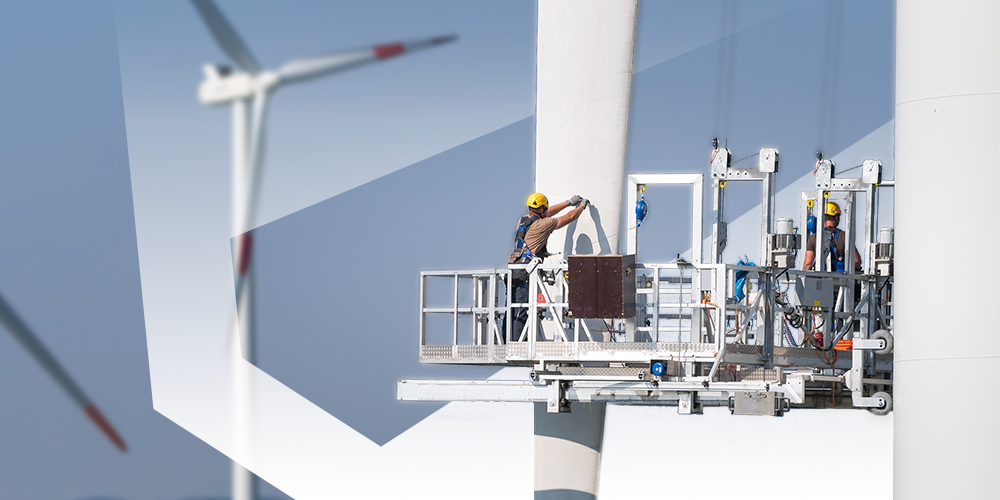Artificial intelligence and machine learning are widely used to analyze vast amounts of data
Artificial intelligence (AI) as a concept has existed since the early 1900s*, but it was often portrayed as a threat to humanity in fictional stories like Mary Shelley’s Frankenstein, the creation turning on its creator. However, a better understanding of artificial intelligence has evolved over the decades. In recent years many use the term along with machine learning to describe developments in the capabilities of software programs and machinery.
What is the difference between artificial intelligence and machine learning? Dr. Shane Butler, Principal Data Scientist at Clir Renewables, says, “At Clir Renewables we approach artificial intelligence as the idea of building a system to do what a human would do, while machine learning provides the statistical methods and tools to automatically learn the relationships in the data, enabling automated decision making – without being explicitly programmed to do so.”
Artificial intelligence has great potential within the wind industry. Large amounts of data are generated in all stages of a wind farm’s life cycle, from feasibility studies through to operations. Manually working with the data is a laborious task, consuming lots of time, and as a result, money. Using AI to analyze, understand, and predict farm behavior is becoming a necessity, given the scale of the wind industry and the number of turbines to be analyzed. AI offers the potential for reduced costs and increases in AEP. At Clir Renewables, we create artificially intelligent tools specifically for the wind industry by combining domain expertise, machine learning experience, data engineering, and software development. When machine learning is robustly tested, users of artificial intelligence tools have confidence in the outcome, and there is a significantly reduced need for human intervention.
Clir Renewables chooses to use artificial intelligence on its platform to give owners and operators a robust analytical and reporting solution and enable us to scale and apply our industry-leading analytics to thousands of wind turbines. With a software solution powered by AI, data analysis is much quicker, enabling a varied range of analytics to run on the data. All of this analysis produces actionable insights which owners and operators act on to get optimal performance from their assets.
When a cloud-based software solution is used to analyze your wind farm or portfolio, you create a digital blueprint of its past and expected behavior. Clir Renewables’ vision is to create a ‘Digital Wind Farm’. This is a catch-all term used to describe a range of machine learning-based predictive modeling capabilities, which compute the expected value of a multitude of signals at each wind turbine. By developing these capabilities, observed behavior can be continuously compared with the expected behavior, enabling opportunities to identify when a turbine deviates from its expected behavior automatically. Highlighting deviations from expected behavior promptly has a variety of benefits to owners and operators, including preventing failures, optimizing maintenance plans, and identifying areas for increased performance.
The key to creating artificially intelligent systems is to have an extremely well-defined business problem with deep domain understanding. Once defined, conduct research and development for the model, train and deploy the model, and monitor and debug the model. The value and opportunity in apply artificial intelligence in the wind industry comes from combining both domain expertise and machine learning capabilities.
The figure below illustrates an example output of one of our condition monitoring algorithms – illustrating a deviation between the predicted, fault-free, component temperature, using our trained ML models, and the observed component temperature. The data illustrated spans several weeks. The color illustrates the magnitude of the deviation between predicted and observed component temperature, with WTG 4 operating some 7 degrees hotter than expected – indicating a potential component/system health issue. Using the predictions generated by our machine learning models, our AI-solutions then automatically identify abnormal component or system behavior and flagging any issues identified to the user for review, enabling opportunities to identify and address potential turbine health issues at the incipient stage, and avoid unplanned downtime – while maximizing the utility of maintenance resources.







